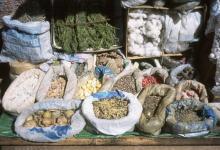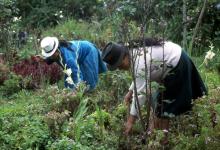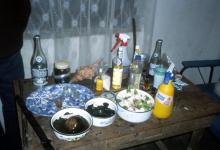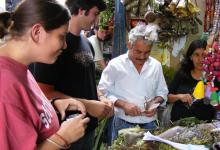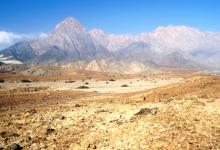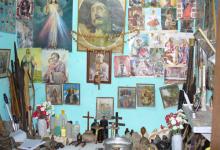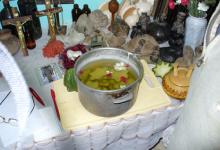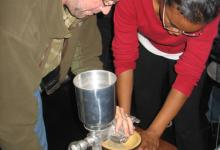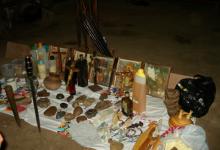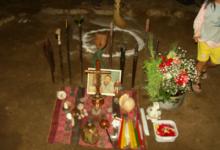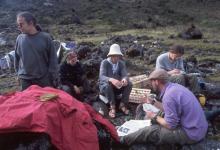Andean Ethnobotany
The border region of Ecuador and Peru is one of the Earth\'s most biologically diverse areas, and thus a "hotspot of biodiversity" par excellence. Low passes in the Andean chain allow an easy exchange between the floras and faunas of the Amazon Basin and the Pacific lowlands. Additionally, the region shows a very fast transition between the humid mountain forests of the northern Andes and the dry, deciduous forests of the northern Peruvian lowlands.
Traditional methods of healing have been beneficial in many countries with or without access to conventional allopathic medicine. In the United States, these traditional practices are increasingly being sought after for illnesses that cannot be easily treated by allopathic medicine. More and more people are becoming interested in the knowledge maintained by traditional healers and in the diversity of medicinal plants that flourish in areas like Northern Peru. While scientific studies of medicinal plants are underway, concern has arisen over the preservation of both the large diversity of medicinal plants and the traditional knowledge of healing methods that accompanies them. To promote further conservation work, this study attempted to document the sources of the most popular and rarest medicinal plants sold in the markets of Trujillo and Chiclayo, as well as to create an inventory of the plants sold in these markets, which will serve as a basis for comparison with future inventories. Individual markets and market stalls were subjected to cluster analysis based on the diversity of the medicinal plants they carry.
Since 2002, students travel to Trujillo and Chiclayo, Peru to conduct ethnobotanical research. The students work at the National University of Trujillo and the University UPAO Trujillo. In addition to their individual research projects, students on the MIRT project in Peru are trained to:
- collect plants in the field and local markets
- dry and prepare herbarium specimens
- identify the plants scientifically
- develop systematic databases
- develop anti-bacterial assays under field conditions.
The end result is a current database of more than 500 plants used in traditional medicine.

